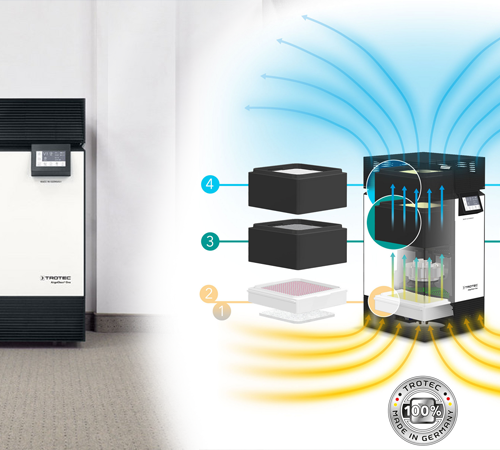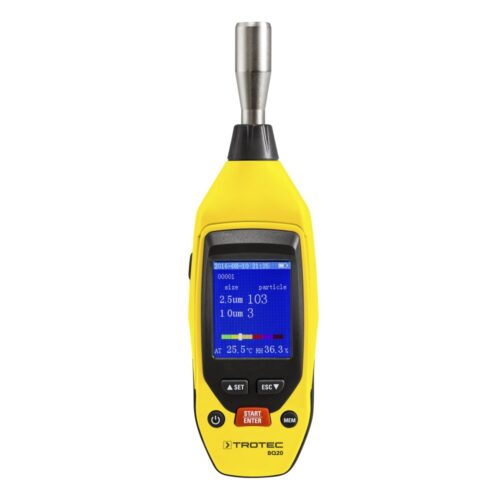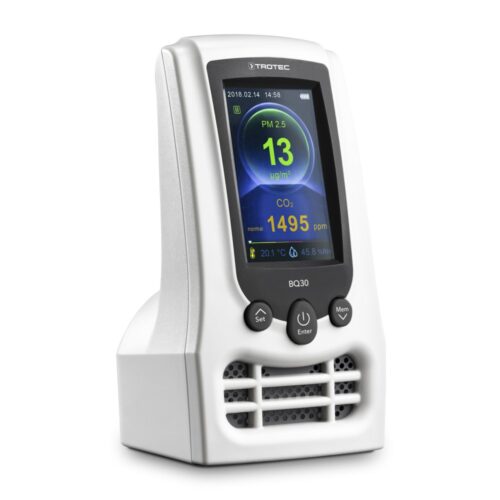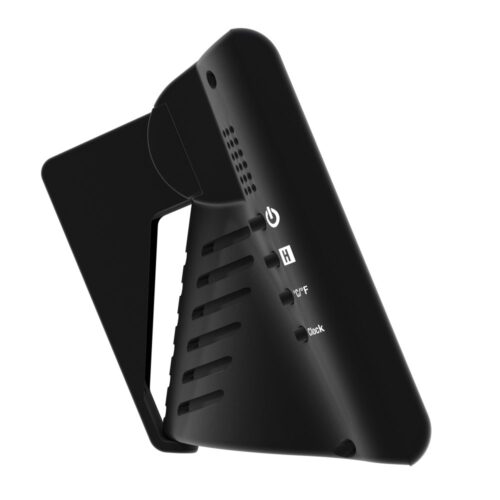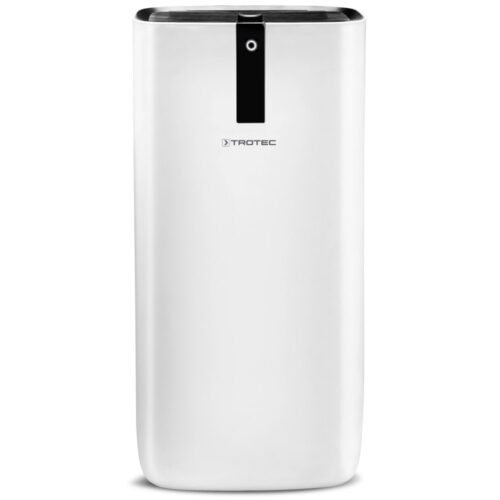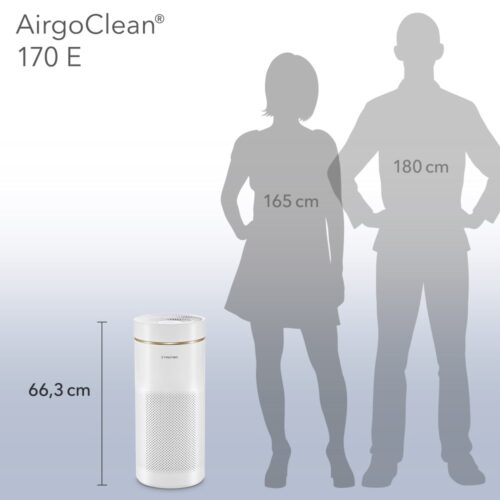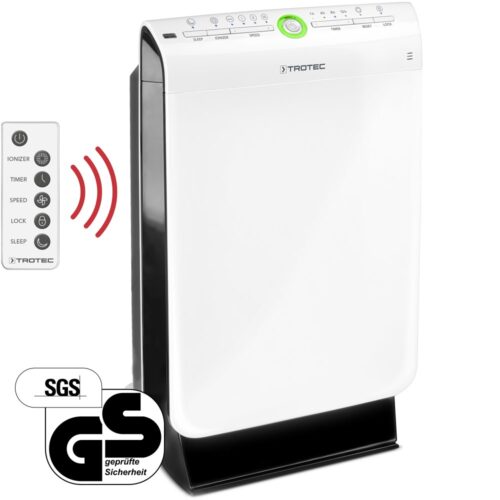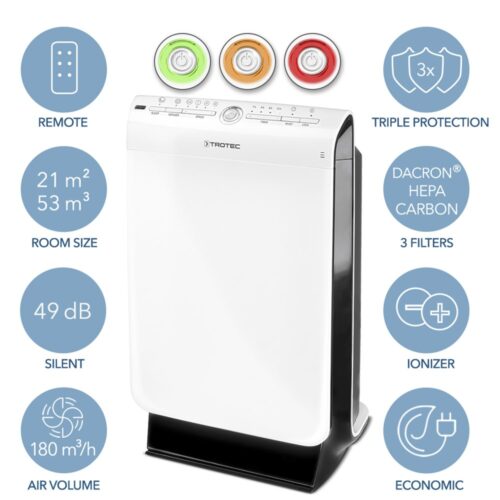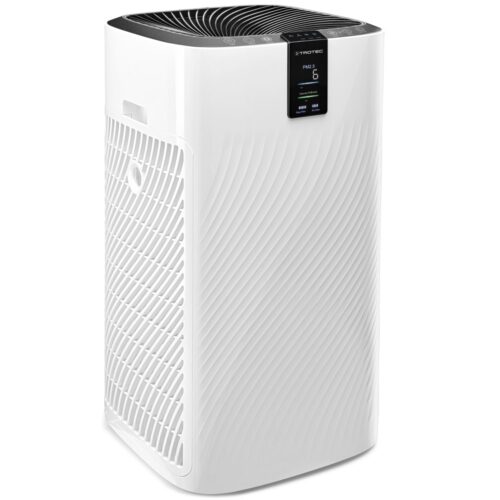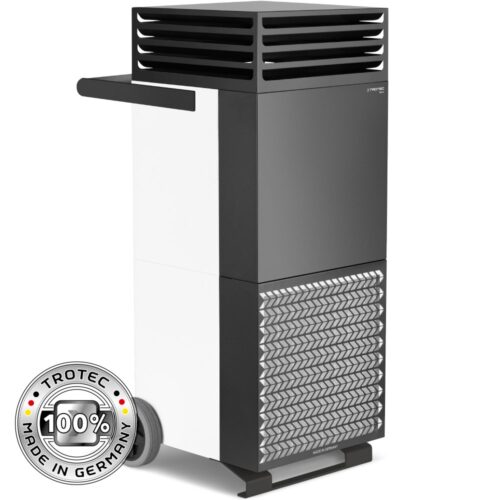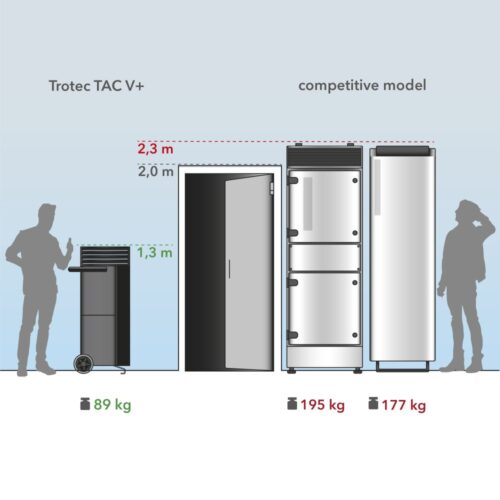If you have a portable air cleaner that can be moved about easily from room to room, you should take it with you everywhere you go. However, if you position the air purifier in the optimal location, you can get an efficiency boost of up to 20 %. What is even more essential is the fact that you might lose more than 50% of the air purifier’s total capacity if you place it in a corner or hide it behind a television.
When setting your air purifier, you should avoid putting it in a location where it will be blocked by anything that might prevent air from passing through the filter. In an ideal situation, you should keep it away from corners and heavy pieces of furniture that might potentially obstruct the free movement of air in the room. If there are less obstacles in the area around your air purifier, the results that you get from utilising it will be better.
The most effective placement for an air purifier is three to five feet from the ground. At this height, they are in a position to make use of the airflows that are present in the area. If you have a suitable table, positioning your air purifier so that it is elevated above the surface will allow you to get the most out of the device.
If you are utilising the air purifier to remove a certain kind of contamination that comes from a particular source, the ideal location for it is close to that source. If you allow the pollutants to disperse, it will be more difficult to find and remove them.
The living room is the ideal place for an air purifier if the issue is dust or pet dander. We all spend at least eight hours a night in our bedrooms, so installing an air purifier there is a great idea if you have serious worries about the air quality there.


